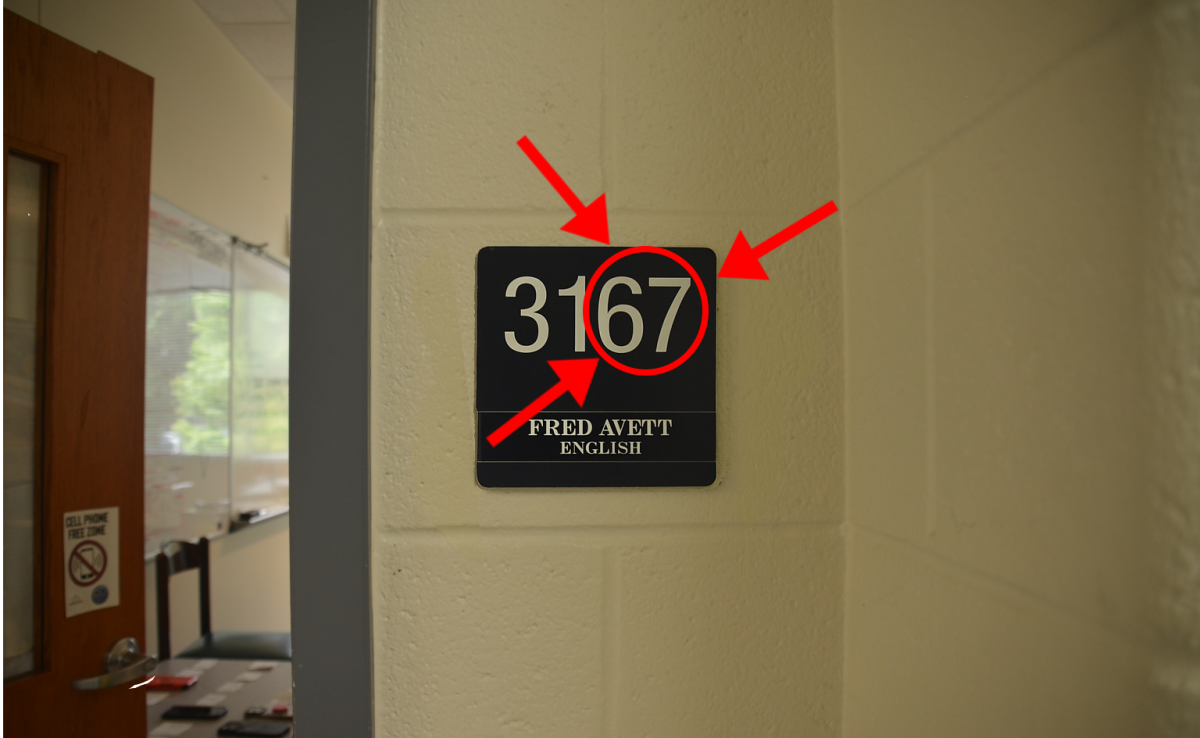Credit recovery is an essential tool designed to help high school students who may have struggled academically and need a second chance to earn the credits required for graduation. Here, we break down how the process works, who it’s for, and tips for students considering this path.
As Anna Brachey, a counselor at Chamblee High School explains,
“Credit recovery is designed for students who failed a class and need to retake it to stay on track to graduate,” said Brachey.
Unlike a full course retake, credit recovery focuses on key concepts the student struggled with rather than the entire curriculum. It doesn’t erase the failing grade from a student’s transcript, but it does allow students to regain credits lost, which is crucial for staying aligned with graduation requirements.
Credit recovery is typically sought by students who need to retake a required class for graduation. By completing a credit recovery course, students can make up for lost credits without repeating the full class. This option can be essential for students hoping to graduate with their original cohort, helping them recover academically while minimizing disruptions to their plans.
Schools like DeKalb offer several paths to help students recover credits, including online platforms and summer courses. For instance, FLEX Restore and Georgia Virtual Credit Recovery provide online, abbreviated versions of classes. AB mentions that summer school information is usually shared with students by the end of April, giving them ample time to plan. Another option is retaking the course through the Georgia Virtual School, although this comes with a fee of $250 per half credit.
“It is important for students who select virtual options to be self-motivated to work on the assignments independently,” said Brachey.
These online options allow flexibility, but students need a strong commitment to succeed in them.
Credit recovery programs typically have enrollment deadlines at the beginning of each semester. To help students navigate these options, school counselors work closely with students to build individualized plans. As highlighted,
“School counselors are here to help students make a plan for when and how they will recover from classes they failed, with the goal of keeping students on track to graduate with their cohort,” said Brachey
While credit recovery adds credits back to a student’s transcript, it doesn’t replace the original failing grade. However, by achieving a good grade in the recovery course, students can improve their GPA. As clarified,
“Credit recovery does not replace the failing grade on your transcript, but you can help your GPA by getting a good grade on your credit recovery course,” said Brachey.
Brachey encourages students to “give their best effort in each of the classes they are taking to succeed in credit recovery and avoid needing it in the future.” Regular communication with teachers and taking advantage of extra help, whether through tutoring or teacher office hours, can make a significant difference.
Balancing credit recovery with a full class load can be challenging. Brachey emphasizes the importance of early completion, advising students to “complete credit recovery early in the semester,” so they can fully focus on their current courses as final exams approach.
Credit recovery provides a pathway for students to recover credits and stay on track for graduation. With resources and support from school counselors, along with a commitment to balancing workloads, students can make the most of these opportunities and avoid similar challenges in the future.







